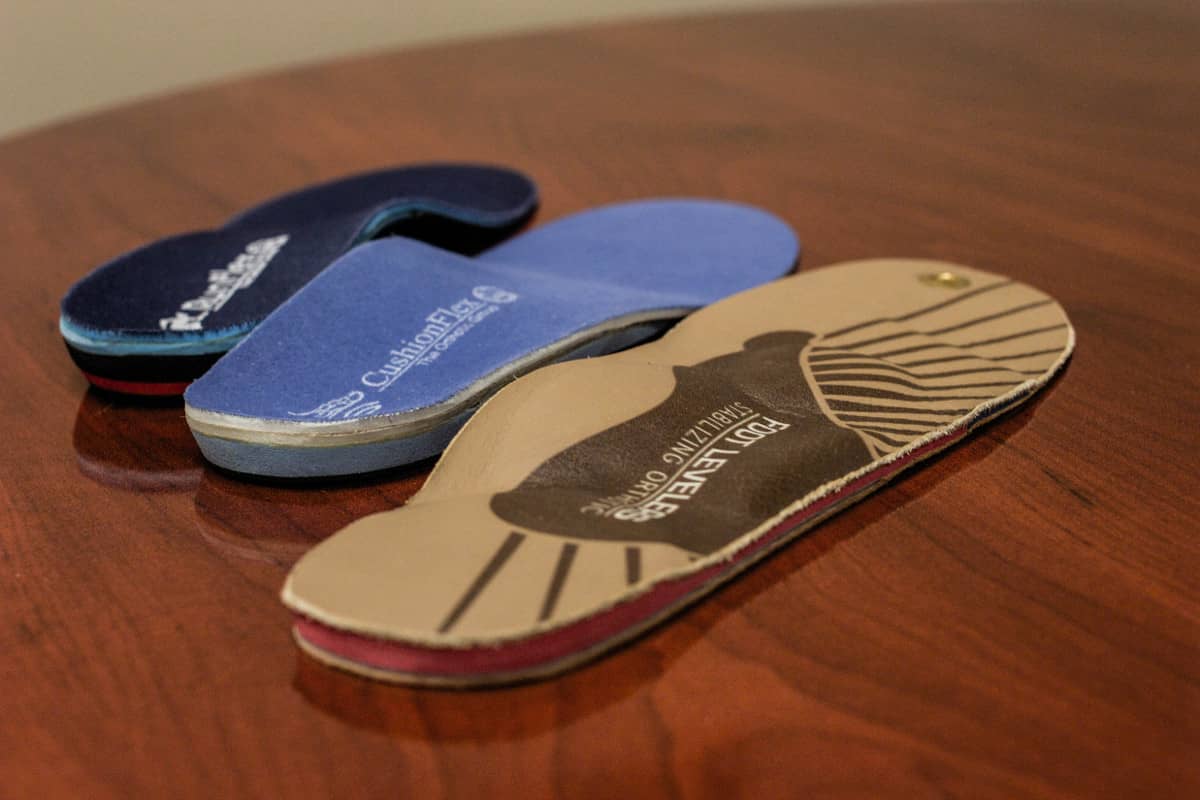
Table of Contents
- Introduction
- Understanding Neuropathy
- Role of Orthotic Inserts in Neuropathy
- Benefits of Orthotic Inserts for Neuropathy
- Types of Orthotic Inserts
- Choosing the Right Orthotic Inserts
- Tips for Using Orthotic Inserts
- Case Studies and Success Stories
- Conclusion
Introduction
Neuropathy, a condition characterized by nerve damage resulting in various sensory and motor symptoms, can significantly impact the feet and lower extremities. Orthotic inserts, also known as insoles or shoe inserts, are commonly recommended as part of neuropathy management to provide support, cushioning, and alignment correction. This article delves into the role of orthotic inserts in neuropathy, their benefits, types, considerations for choosing the right inserts, usage tips, and real-life experiences of individuals who have benefited from using orthotic inserts for neuropathy.
Understanding Neuropathy
Neuropathy can arise from various causes such as diabetes, autoimmune diseases, infections, trauma, and exposure to toxins. It affects the peripheral nerves, leading to symptoms such as:
- Numbness or tingling sensations
- Burning or shooting pain
- Muscle weakness or loss of coordination
- Foot deformities and changes in skin texture
Foot-related symptoms are common in neuropathy, making orthotic inserts an essential component of foot care and symptom management.
Role of Orthotic Inserts in Neuropathy
Orthotic inserts play a crucial role in neuropathy management by:

- Providing Support: Inserts offer structural support to the feet, reducing strain on muscles and joints.
- Cushioning: They provide cushioning to sensitive areas, alleviating pressure and pain associated with neuropathy.
- Promoting Alignment: Orthotic inserts promote proper foot alignment, which can improve gait and reduce the risk of foot deformities.
- Enhancing Comfort: Inserts with shock-absorbing properties enhance overall comfort during walking and standing, reducing impact on the feet.
Benefits of Orthotic Inserts for Neuropathy
The use of orthotic inserts offers several benefits for individuals with neuropathy:
- Pain Relief: Inserts can reduce foot pain, tingling, and discomfort, allowing individuals to engage in daily activities more comfortably.
- Improved Stability: Inserts enhance stability and balance, reducing the risk of falls, particularly important for neuropathy-related balance issues.
- Prevention of Complications: Properly fitted inserts can help prevent foot ulcers, infections, and other complications associated with neuropathy.
- Customized Support: Custom orthotic inserts offer tailored support based on individual foot anatomy and specific neuropathic concerns.
Types of Orthotic Inserts
There are various types of orthotic inserts designed to address different foot issues in neuropathy:
- Cushioned Insoles: These provide additional padding and shock absorption, ideal for reducing pressure and pain.
- Arch Support Inserts: Designed to support the arches of the feet, they promote proper alignment and reduce strain on the plantar fascia.
- Metatarsal Pads: These pads relieve pressure on the ball of the foot, beneficial for individuals with metatarsalgia or forefoot pain.
- Heel Cups or Cushions: These provide cushioning and support to the heels, addressing heel pain or plantar fasciitis common in neuropathy.
- Custom-Made Inserts: Tailored to individual foot shape and needs, custom inserts offer precise support and comfort, addressing specific neuropathic concerns.
Choosing the Right Orthotic Inserts
When selecting orthotic inserts for neuropathy, consider the following factors:
- Foot Assessment: Consult a podiatrist or orthopedic specialist for a thorough foot assessment to determine the appropriate type of inserts.
- Level of Support: Choose inserts with the right level of support and cushioning based on your neuropathic symptoms and foot structure.
- Proper Fit: Ensure that the inserts fit well inside your shoes without causing discomfort or pressure points.
- Material and Durability: Select inserts made from durable and breathable materials to ensure long-lasting comfort and support.
Tips for Using Orthotic Inserts
Here are some tips to maximize the benefits of orthotic inserts for neuropathy:
- Consistent Use: Wear your inserts regularly, especially during weight-bearing activities, to experience their full benefits.
- Proper Shoe Selection: Use shoes with removable insoles or adequate space to accommodate orthotic inserts comfortably.
- Follow-Up Care: Schedule follow-up appointments with your healthcare provider to ensure the inserts are providing the intended support and make adjustments if needed.
- Maintain Hygiene: Keep your inserts clean and dry to prevent odor and prolong their lifespan.
Case Studies and Success Stories
Many individuals with neuropathy have experienced significant improvements with the use of orthotic inserts:
- A patient with diabetic neuropathy reported reduced foot pain and improved stability while walking after using cushioned orthotic inserts.
- Another individual with peripheral neuropathy found relief from metatarsalgia and forefoot pain with the use of metatarsal pads in their shoes.
- Custom-made orthotic inserts helped a patient with neuropathy-related foot deformities maintain proper alignment and prevent complications.
Conclusion
Orthotic inserts are valuable tools in managing neuropathy-related foot problems by providing support, cushioning, and alignment correction. Their diverse types cater to specific foot issues, offering customized solutions for individuals with neuropathy. Choosing the right inserts, using them consistently, and following proper foot care guidelines can enhance their effectiveness and improve overall foot health and quality of life for those living with neuropathy. Consultation with healthcare professionals and regular foot assessments are essential for optimal orthotic insert selection and usage.

